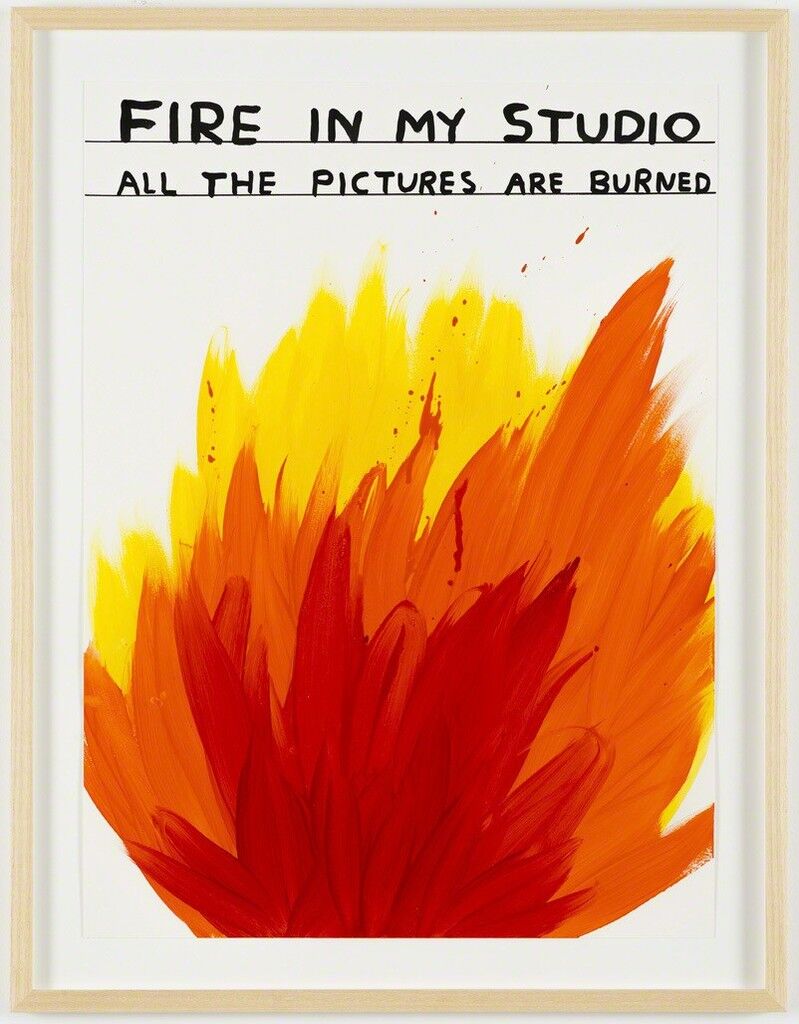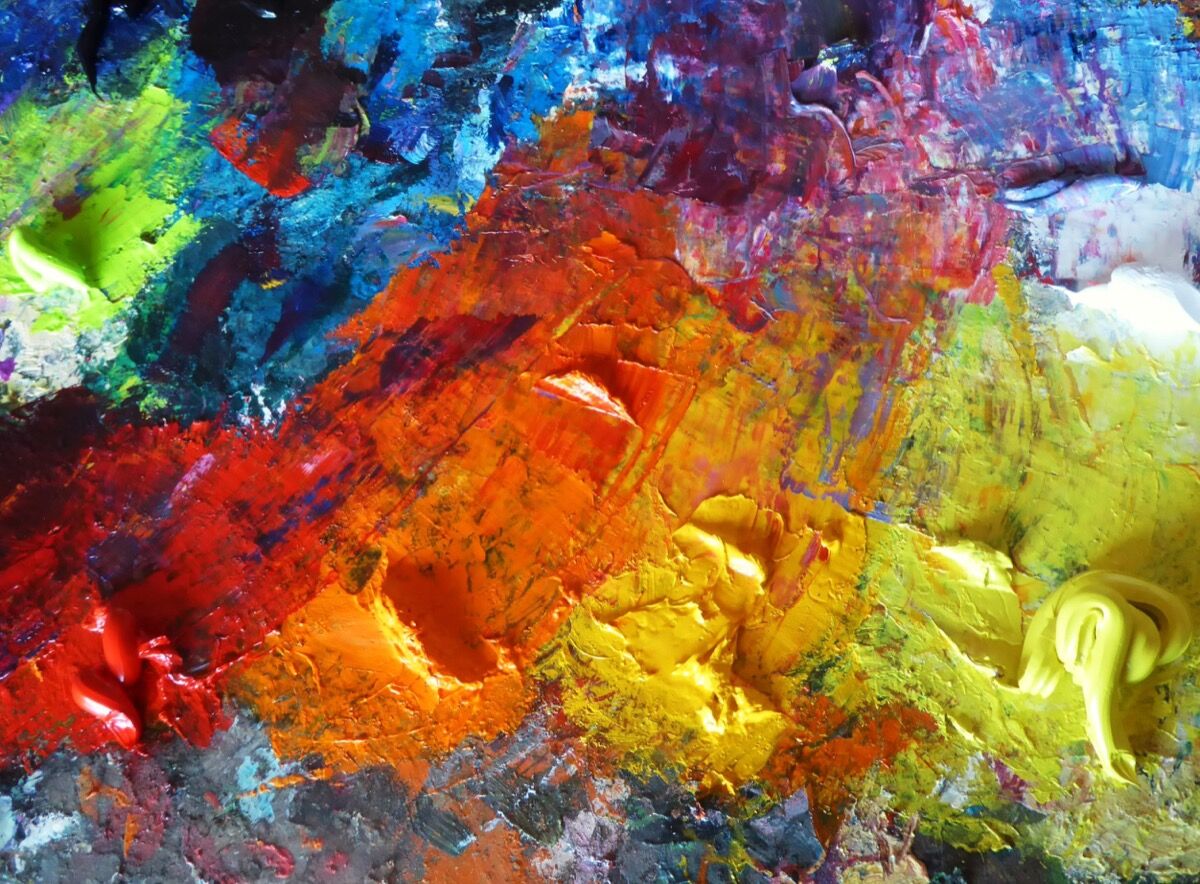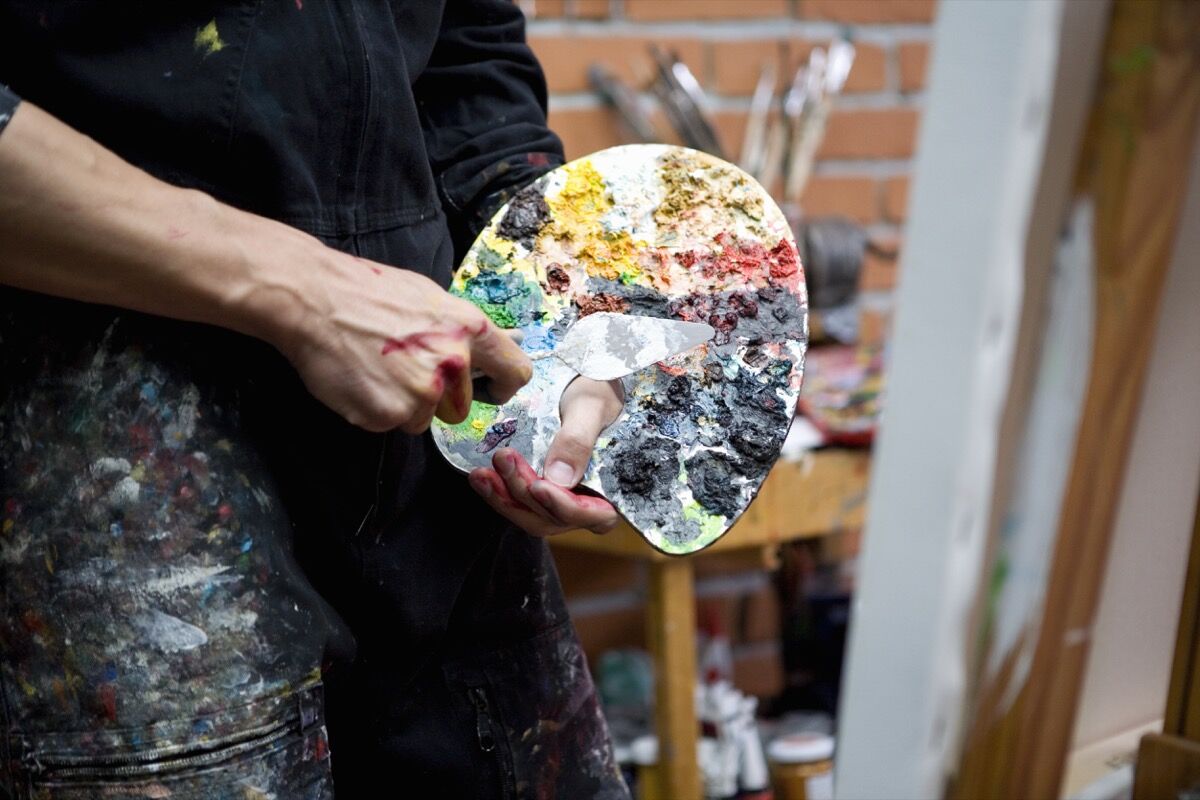For
Margaux Valengin, a painter who’s taught across the U.K. at schools like the Manchester School of Art and the London’s Slade School of Fine Art, the most important tool is the brush. “If you take good care of your brushes, they’re going to last for your whole life,” she noted. Start off with a variety of different kinds, looking for variation in shape––round, square, and fan shapes are some examples––and material, like sable or bristle hairs. Valengin advises to buy them in-person at a store,
not online. This way you can physically observe the qualities and differences in the brushes before you purchase them.
As for paints, Valengin recommends investing in less-expensive paints if you’re a beginner. A 37 ml tube of high-quality oil paint can run upwards of $40, so it’s best to buy cheaper paints while you’re still practicing and experimenting. And as you continue to paint, you’ll find which brands and colors you prefer. “You might end up liking this red in this brand, and then you find you prefer this blue in another brand,” Valengin offered. “Once you know a little bit more about colors, then you can invest in proper pigments.”
To supplement your brushes and paint, make sure to buy a palette knife to mix your colors with—doing so with a brush instead could end up damaging your bristles over time. For a palette, many artists invest in a large piece of glass, but Valengin notes that if you happen to find a spare piece of glass lying around, you can use it by simply wrapping it’s edges with duct tape.
To prime canvas or other supports, many artists use acrylic gesso—a thick white primer—but you can also use rabbit-skin glue, which dries clear. You’ll also need a solvent, like turpentine, to thin your paint, and most artists usually keep a couple different kinds of oil-based mediums on hand. Some mediums, like linseed oil, will help your paint dry slightly faster, while others, like stand oil, will elongate it’s drying time.
Oil paint dries extremely slowly, and even if the surface feels dry, the paint underneath might still be wet. When using oil-based paint, you should always keep these two rules in mind: 1) paint lean to thick (or “fat over lean”), and 2) never layer acrylics over oil. To paint “lean to thick” means you should begin your paintings with thin washes of paint, and as you progressively layer, you should add less turpentine and more oil-based medium; otherwise, the layers of paint will dry unevenly, and over time, the surface of your artwork will crack. The same goes for layering acrylics and oils––if you don’t want your paint to crack, always put oils on top of acrylics.









